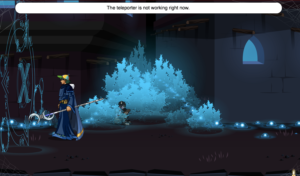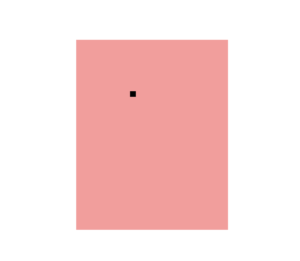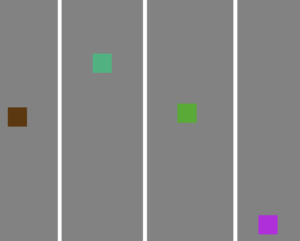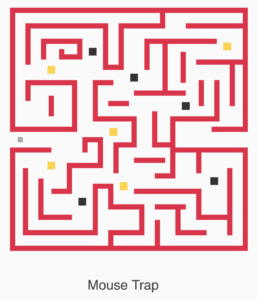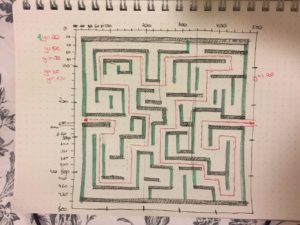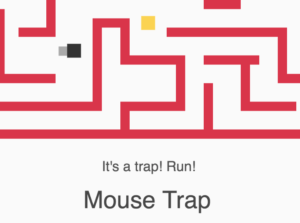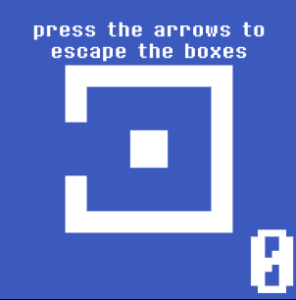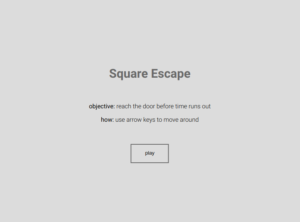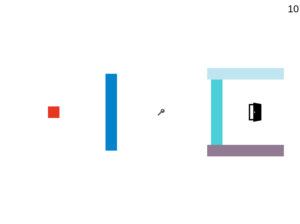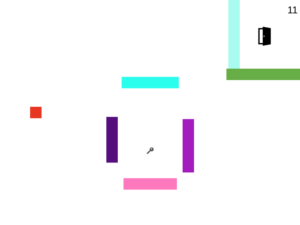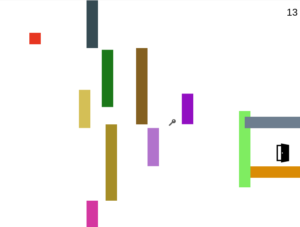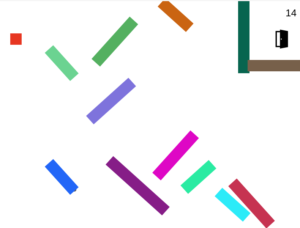The digital game I have decided to play for this assignment is called “Twisted City”. The main objective of the game is clicking on or swapping different grids in a way that the streets of the city are redirected or reorganized. Through a first-person perspective, the player’s purpose is helping the city’s major by being his intern. Therefore, during the game, the player needs to follow a series of instructions that come from the major through speech balloons. By following the major’s character instructions and reorganizing the twisted city, the player can pass through different levels that symbolize different areas. In some levels, time is important as the player is given a number of seconds to complete the requested task efficiently. In other levels, time stops being a relevant factor and, instead, the player is given a number of moves. In levels bounded by time, the number of points received increases by the faster the player completes the tasks and once the time is over the player loses the level and needs to start again. However, in levels bounded by moves, the number of points received increases when the number of moves made to complete the task is lower; and the player loses the level when it has no more available moves. The game designs a digital world that tries to imitate real parts of a city with problems that need to be solved, in this case, by the major’s intern.
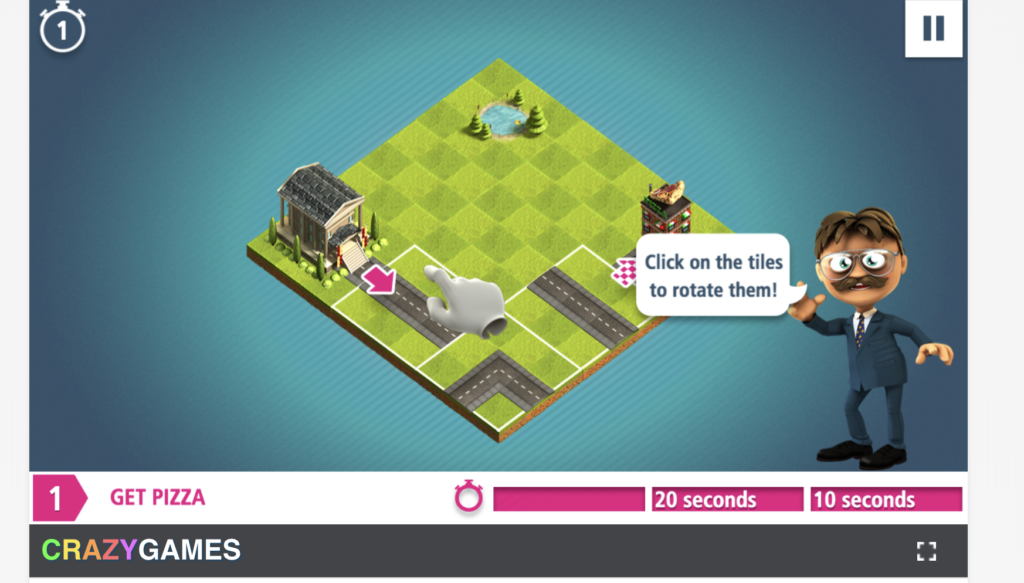
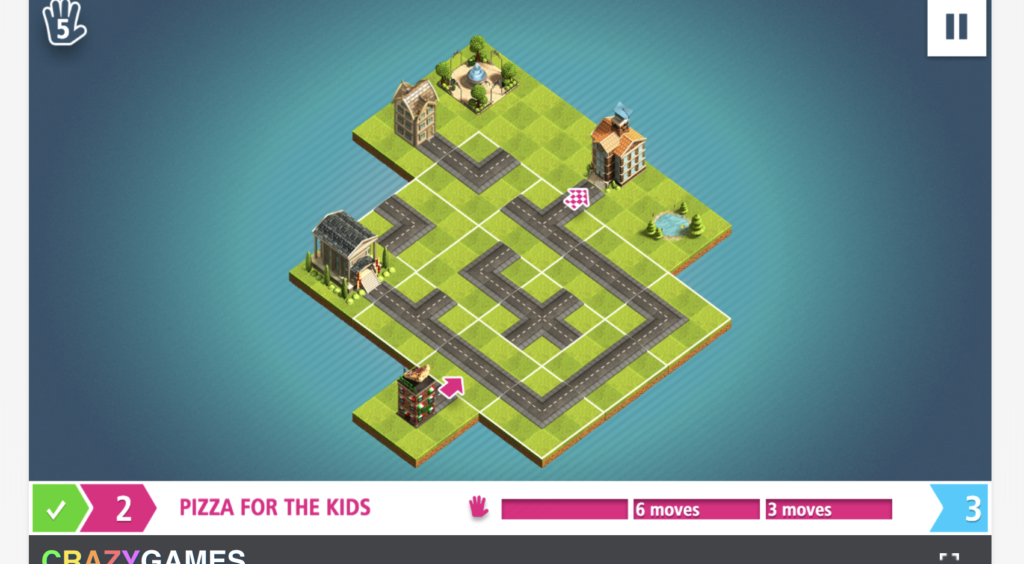
When the player accesses the game, the screen gives the option to select levels that are unlocked progressively as the player completes levels. By selecting one level, the player enters a space that it seems to be a specific part of the city. The aspect of the city parts changes from level to level. However, all have something in common: the city is overall “twisted”. Once you play you discover the meaning of this word for the game, as it is only the streets of the city which are apparently randomly organized, yet the constructions and buildings seem to be in order. The view of the city is isometric, as the design is 2D but it appears as 3D, and it is divided into equally sized grids. The player is allowed to “move” the grids that contain parts of streets only and not the grids with buildings. Some grids contain a straight part -either vertical or horizontal-, and others a vertex -which appear in different directions. Depending on the instructions of each level, by clicking grids so they change their direction or swapping two of them so they change positions but not directions, the player rearranges the city. The player cannot rearrange the city randomly, but strategically, strategizing time or moves depending on the level, and in a way that the final outcome or route allows a vehicle to go from one construction or building to another. In each level, the major appears four different times from any side of the screen and each time he gives an instruction such as “take the firefighters” to the fire”. The player is expected to rearrange the city so the time is completed efficiently. Once the four tasks are completed correctly, the player can start a new level.
It is interesting to see how the city never ceases to be twisted, as the streets are never organized as they would in real life. Both at the beginning and the end of each level, the streets’ pieces contained in the grids seem to be “messy” -there are always parts that remain unconnected to the rest of the streets. The player navigates the space by moving the mouse around the city and clicking grids to either rotate them individually or swap them with another grid. At first, it was not clear to me how I needed to move the twisted city around so that it becomes appropriate for the tasks’ completion. After randomly clicking everywhere and constantly losing the same level, I started to look for strategies for effective clicking. As some levels provide a limited amount of time or moves, the game always demanded attention. However, it required speed in time bounded levels only and, precision in the ones bounded by the number of moves. I found somewhat frustrating how the game design does allow the player to read the instructions given by the major’s character in the levels where time is limited. This happens because time starts to run as soon as the level starts and before the major’s character has given the instructions.
Although the twisted city presents some elements from real life, such as a major, buildings such as malls, schools, houses, the firefighters’ center, and even the figure of an intern, the game space is a pretty digital-only one. An intern might have a limited time to complete tasks or limited opportunities for completing them correctly, and the game recreates that with its levels and commands. When the player loses, it has the opportunity to experience the same scenario, which might make the completion of tasks easier due to the process of learning from mistakes. An intern might experience this in real life as well, as failing on a task could give him/her adequate tools to achieve it correctly in the future. In this way, I think the game tries to imitate reality by providing boundaries in time and in ways of doing things. However, the major gives unrealistic commands, because an intern would never be asked to build and repair streets by himself. Also, no real city is divided by the digital grids presented in the game and no cities’ authorities would leave a city with unconnected parts of streets all over the place. In real life, a state officer might not have enough time or resources to complete a specific task again after failing at it.
In conclusion, I would say that the game does a relatively decent job in being intuitive for the player. It gives clear instructions through the figure of the major on what the player is supposed to do. However, it does not give the same clarity in how to complete the requested tasks. The player who is a beginner like me has to navigate the game space by clicking on the grids and experiment what the reactions of its actions are. After a while, the player could feel more comfortable with how to play the game and start thinking on strategies and ways to play more efficiently. The similarities between the aspect of the twisted city and a real city -such as the building and the streets- help the player to understand how the game is played. The player might intuitively try to make the twisted city and its streets look more like a real one, with ordered and organized streets.

